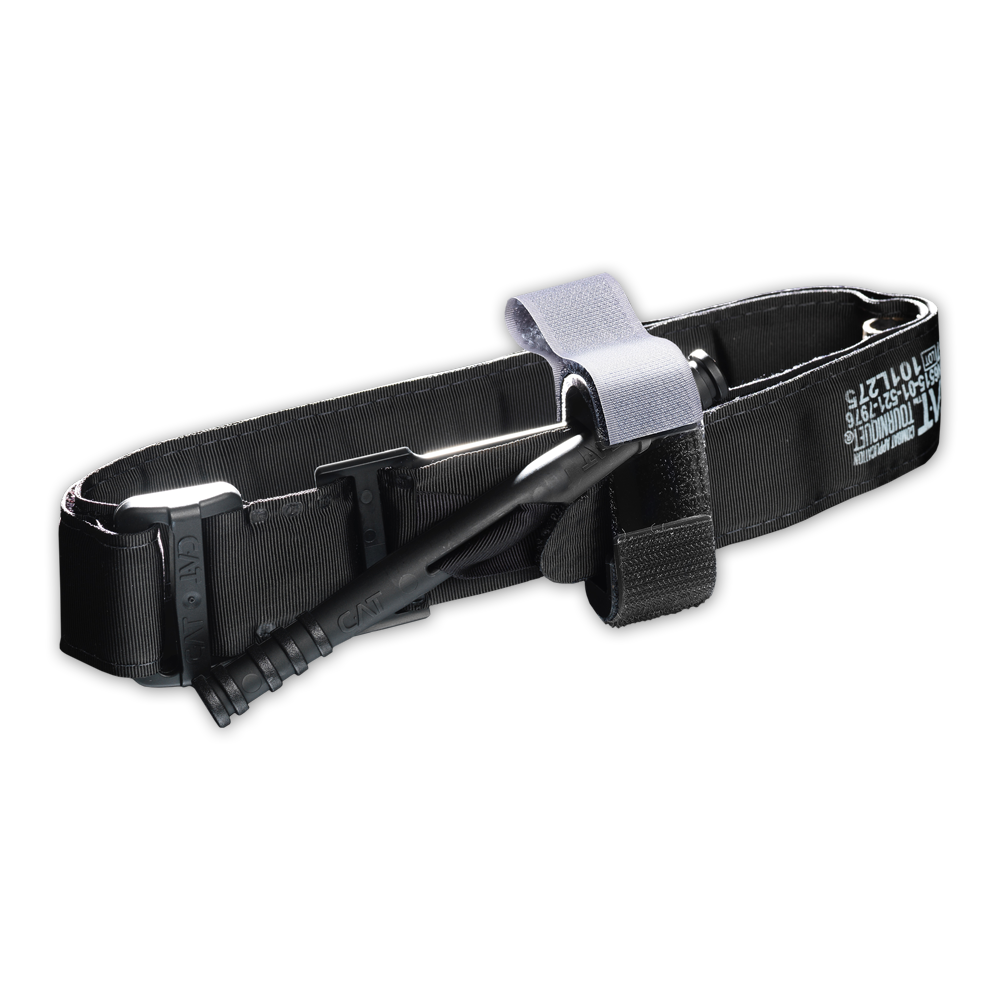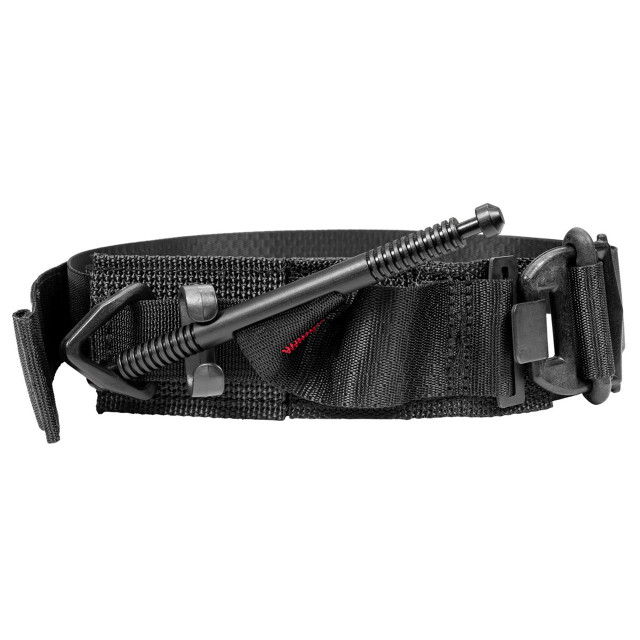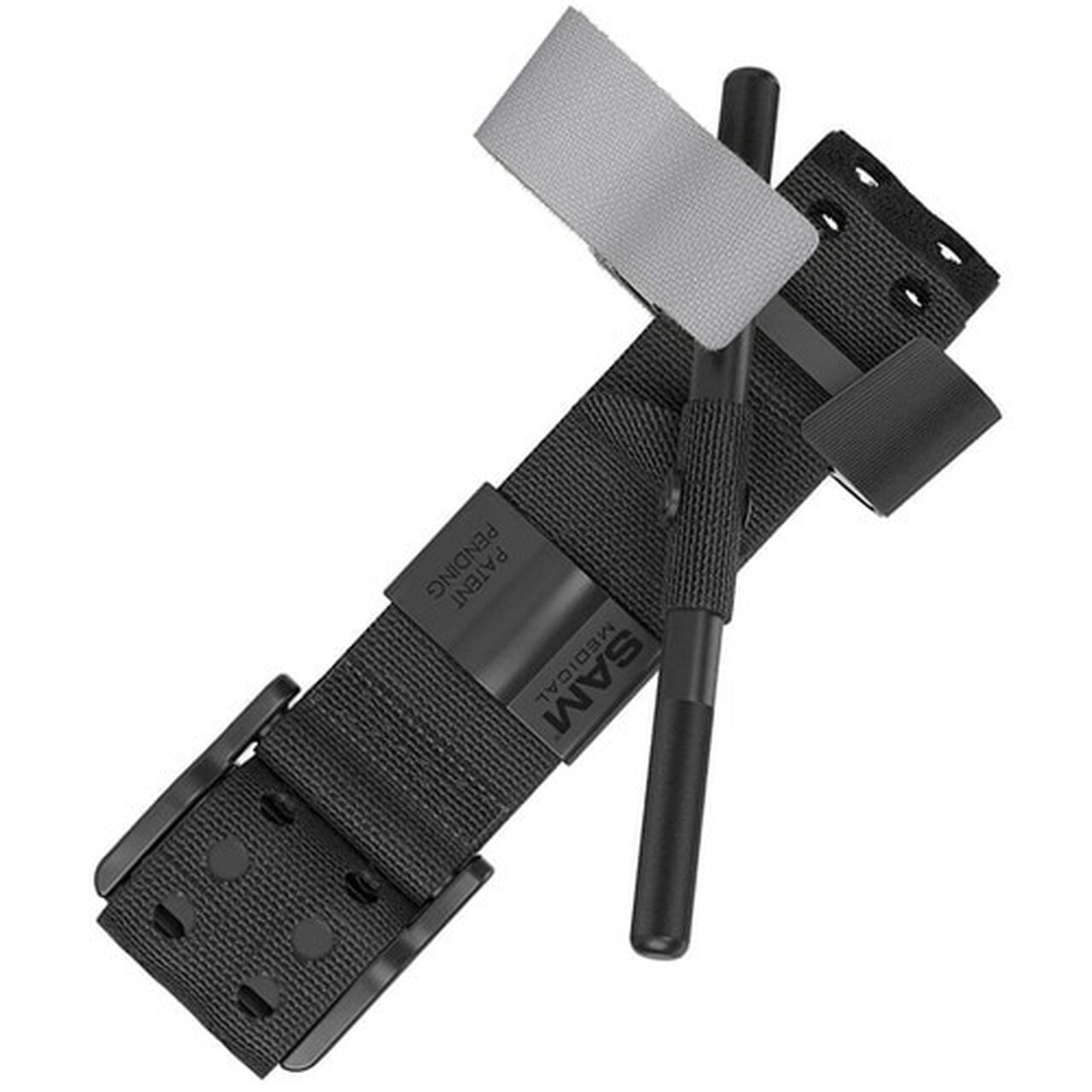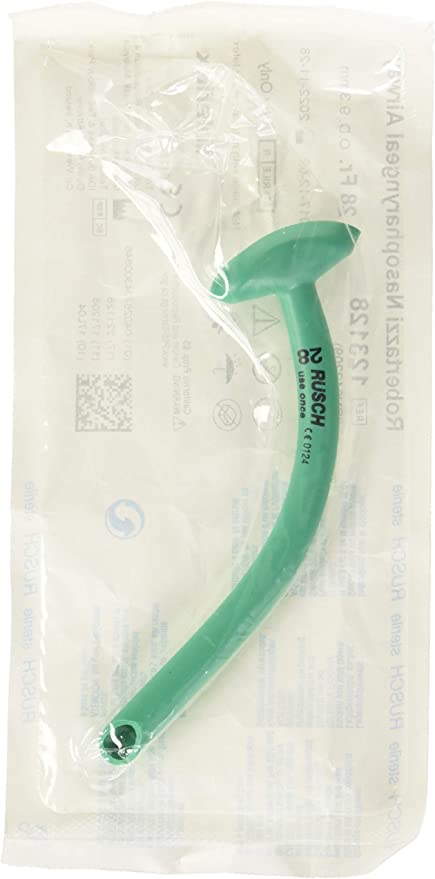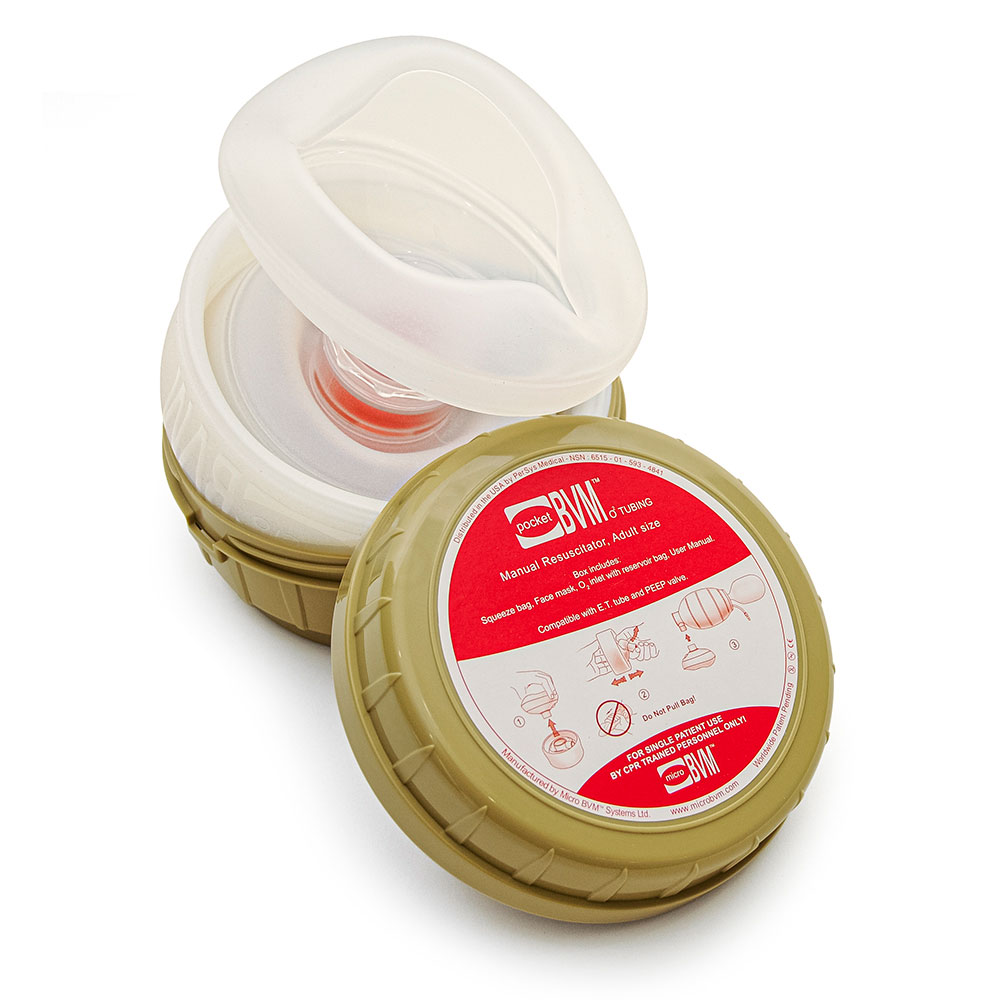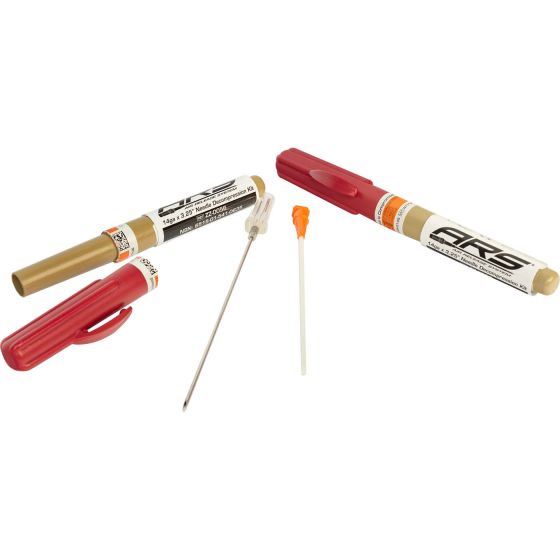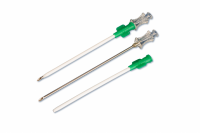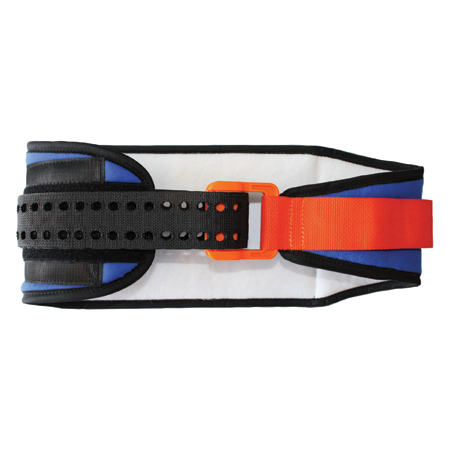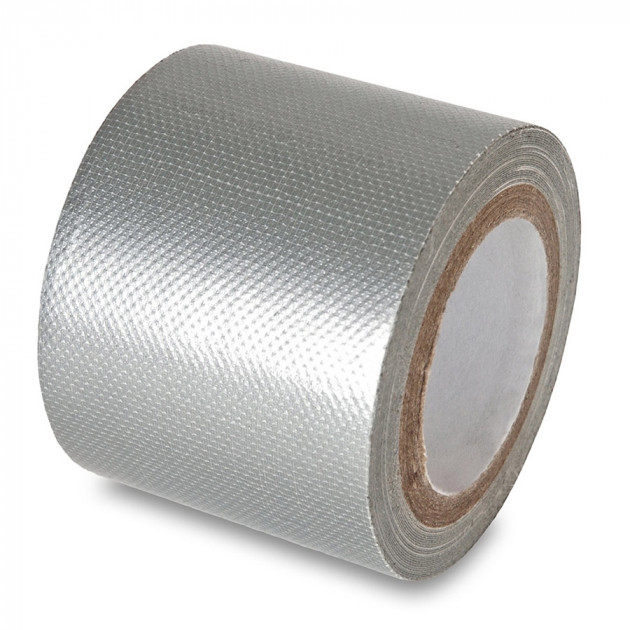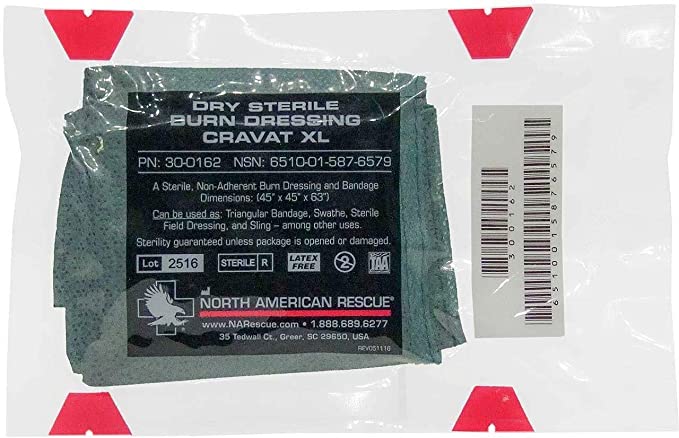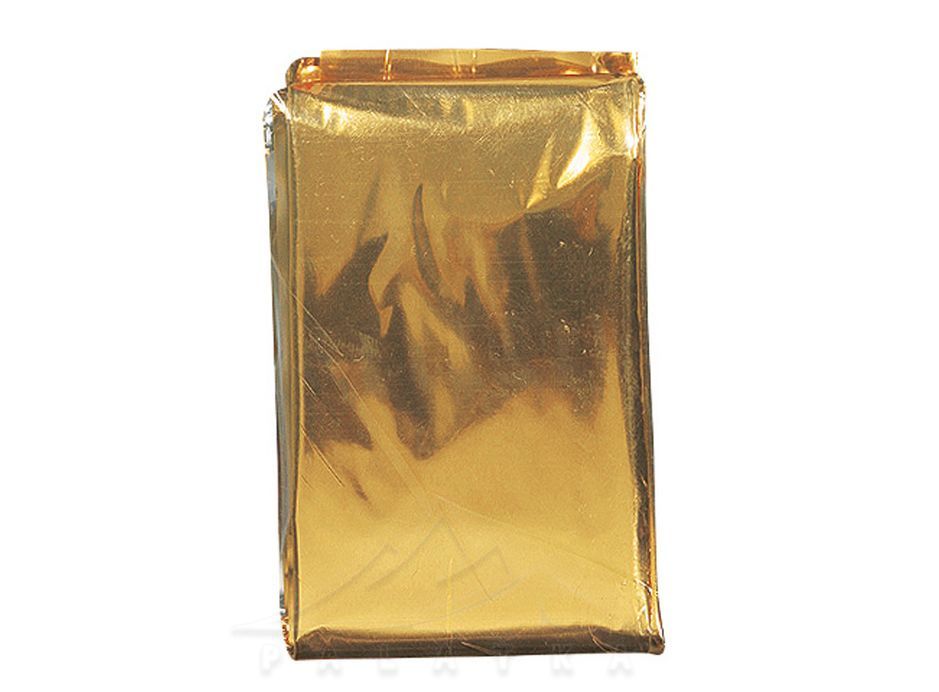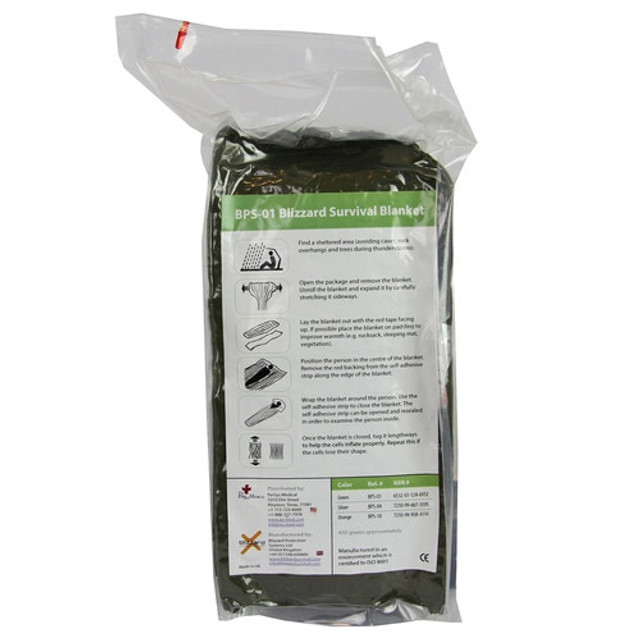Algorithm M.A.R.C.H
Content
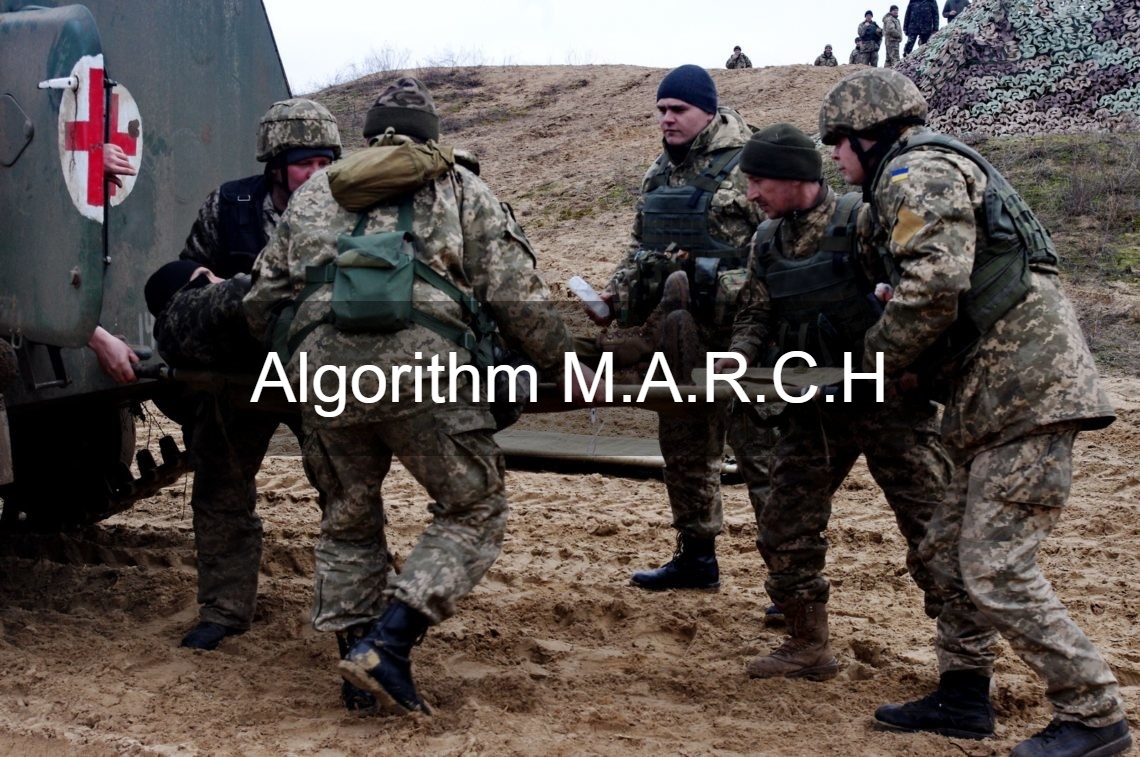
In the concept of Tactical Combat Casualty Care (TCCC), the use of the MARCH algorithm is recommended during the Tactical Field Care stage. This stage takes place in the yellow or green zone when the threat of enemy fire is no longer present, and you can focus on providing comprehensive assistance to the wounded. The MARCH algorithm defines priorities and the sequence of actions for providing aid to the wounded.
Contents:
Components of the M.A.R.C.H Algorithm
M.A.R.C.H algorithms are clearly defined emergency procedures that ensure the provision of urgent assistance to the injured and the preservation of life.
MARCH algorithms include:
- M (Massive bleeding) - Massive Bleeding.
- A (Airway Management) - Airway Management.
- R (Respiration) - Respiration.
- C (Circulation) - Circulation.
- H (Head injury / Hypothermia / Hypovolemia) - Head Injury / Hypothermia / Hypovolemia.
Together with tacmedicine.in.ua, we will consider each of them separately and provide all possible information.
Massive Bleeding
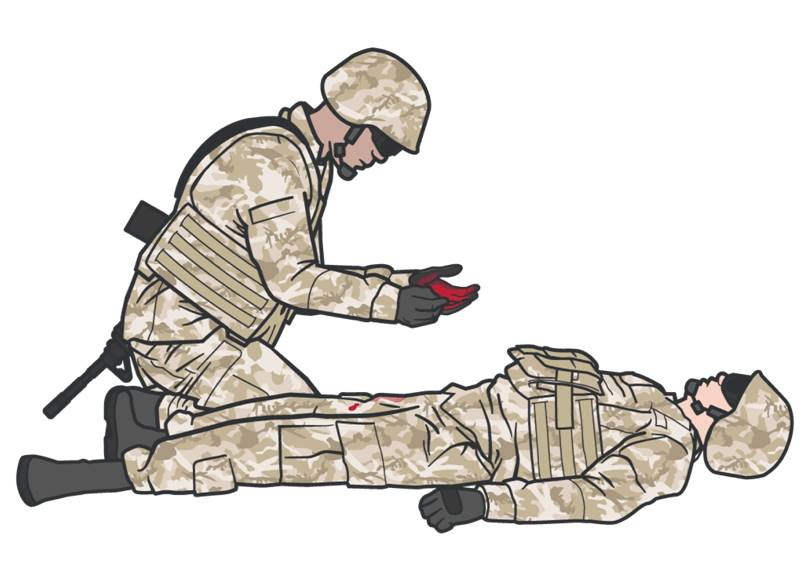
First, we check the effectiveness of bleeding control: evaluate the quality of the applied tourniquet, determine the need for a second one, or if the first one is no longer needed. At this stage, consider the possibility of replacing the tourniquet with a hemostatic agent or compression bandage if available.
If bleeding control was not performed in the red zone, check the injured person for bleeding. Carefully inspect the injured person and check for significant bleeding in critical areas such as the neck, groin, and armpit.
Do not forget to maintain communication with the injured person throughout the process, allowing you to assess their level of consciousness. Additionally, talking to the rescuer helps determine some important aspects: firstly, whether the injured person is breathing, and secondly, if their statements are clear and conscious, indicating sufficient blood supply and oxygen saturation in the brain, which is a good sign of the absence of shock at the moment.
In case the injured person is in a confused state, we should calm them down and bring them to consciousness.
Airway Management
If the casualty is not interacting with the rescuer, it is important to conduct a breathing check. To do this, tilt their head to ensure access to the airway, then inspect the mouth and remove anything that may obstruct it. Next, pay attention to the following signs of breathing:
- Listen to the breath sounds.
- Observe the rise and fall of the chest or abdominal area.
Breathing checks should be performed every 5-10 seconds.
If the casualty is unconscious but breathing, it is necessary to ensure open airways. This is usually achieved by tilting their head and supporting the chin in an elevated position. Another alternative may be the use of the lateral recovery position or nasopharyngeal airway.
If the casualty regains consciousness and attempts to assume any position that facilitates breathing, they should be allowed to do so. For example, if they have facial trauma with bleeding from the mouth or nose, it may be better for them to sit and lean forward - there is no need to force them to lie down, as this may cause a delay in blood and mucus in the airways.
Respiration
We expose the chest to inspect for wounds. If wounds are found on the chest, armpit areas, or neck, immediately apply an occlusive dressing to these injuries. Also, check for fractures of the clavicle, chest, and ribs. It is important not to forget to examine the back.
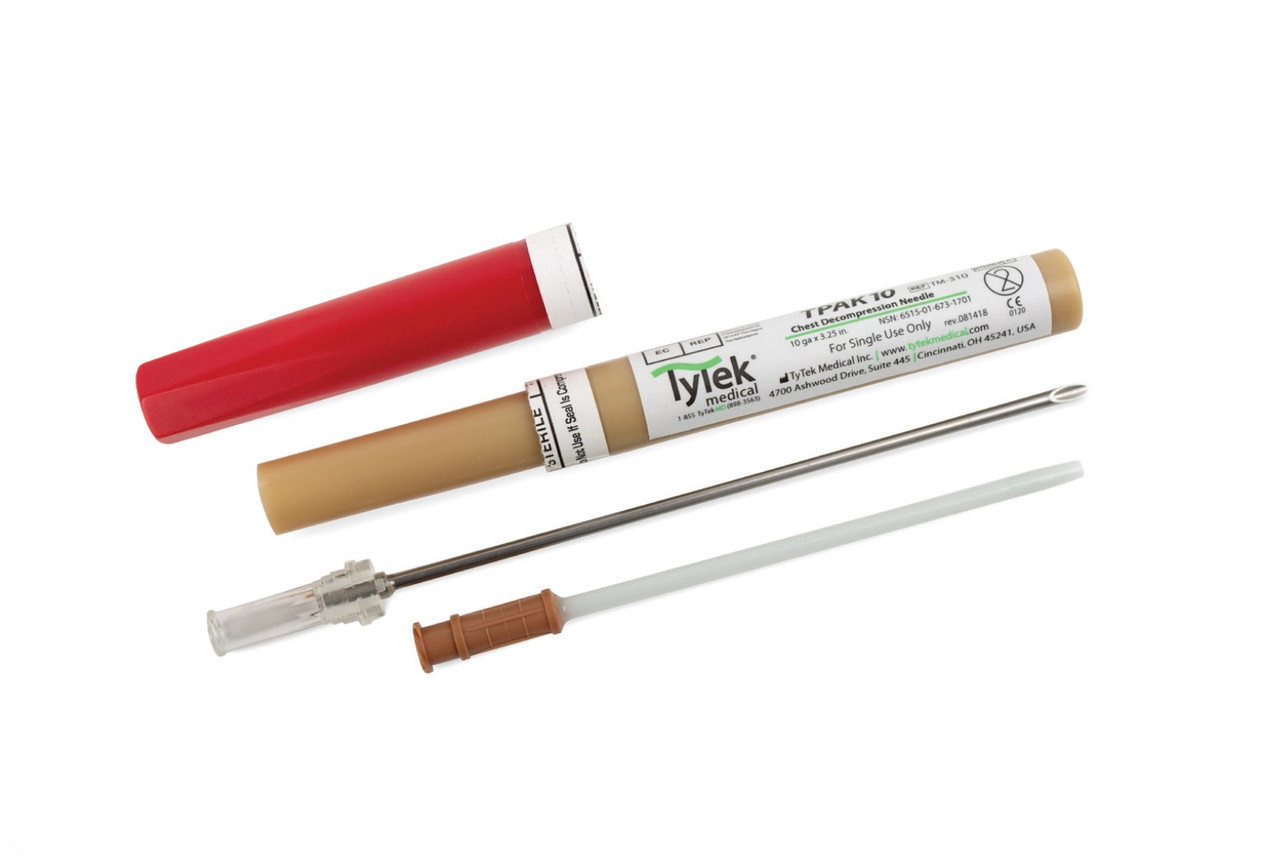
Be prepared for the possibility of a tension pneumothorax in the casualty, especially if there is abdominal or chest trauma. In such a case, consider the possibility of performing chest decompression using a needle, especially if there is a chest wound or suspicion of such a wound, and there is progressing difficulty in breathing.
Circulation
At this stage of the algorithm, it is also crucial to check the effectiveness of previous bleeding control measures. Examine tourniquets, and if necessary, apply additional or replace the tourniquet with a compressive bandage with a hemostatic agent.
Conduct an inspection for bleeding from head to toe, adhering to the rule of clean hands, as inspecting with blood may lead to unreliable results.
If blood is noticed during the fingertip or palm check, precisely identify the wound location, expose it, and assess the situation to take necessary measures to stop the bleeding. However, in minor venous bleeding, urgent actions may not be mandatory.
Evaluate the casualty's pulse, determining its strength or weakness. It may not be possible to detect a pulse in the extremities - the absence of peripheral pulses indicates the risk of developing a state of shock. In such a case, the first thing to do is to check for a pulse on the carotid artery to ensure that the casualty is still alive.
Next, assess peripheral circulation, paying attention to skin temperature and the presence of sweat.
Before turning the casualty onto their side, check for the presence of a pelvic fracture. If such a fracture is detected, stabilize it using a splint.
During the check for pelvic fractures, also search for possible broken bones in other areas, especially the chest and femurs.
Prepare the necessary equipment, including additional occlusive dressings, bandages, and stretchers.
Turn the casualty onto their side and begin treating the lower part of the body and limbs.
Then we turn the casualty onto their back and reassess:
- Level of consciousness.
- Airway, breathing, circulation.
- Quality of performed manipulations:
- Is the airway tube in place and securely fastened?
- Is the tourniquet tight enough?
- Are the bandages holding well?
- Have the occlusive dressings come off?
Record information about the casualty on a special card, using a waterproof marker. Specify the time of tourniquet application and make a note if the tourniquet was removed and replaced with a bandage.
Hypothermia
It should be noted that hypothermia is a pathological condition of the body characterized by a drop in body temperature below the necessary level for normal metabolism and bodily functions.
Maintaining the casualty's normal body temperature is crucial to prevent hypothermia.
The first step is to remove wet clothing from the casualty and dress them in dry clothes.
Then lay them on a mat and wrap them in a warm blanket. If there is no warm blanket, you can use any improvised materials that can provide warmth.
It is essential to understand the vital signs of the casualty and assess whether shock (hypovolemia) is developing.
Be prepared to start intravenous infusion as hypovolemia is a consequence of a rapid blood loss.
Tips for Using the M.A.R.C.H. Algorithm
The M.A.R.C.H. algorithm is a crucial tool for providing effective first aid in critical situations. Here are some tips for its use:
- Always remember personal safety and create a safe zone for assistance.
- Follow the M.A.R.C.H. sequence - check for massive bleeding and control it, assess airways, and address pneumothorax; if necessary, apply symptomatic therapy.
- Try to use available resources and equipment to provide effective assistance.
- Ensure comfortable conditions for the casualty - maintain optimal body temperature, provide head support, and use thermal blankets if needed.
- Conduct a continuous assessment of the casualty's condition and make adjustments to aid based on the evolving situation.
- Always remember the importance of communication - staying in touch with medical personnel and talking to the casualty can help identify problems promptly and ensure proper assistance.
- Engage other conscious individuals to assist - collaborative efforts can be decisive in critical situations.
When in a first aid situation, following the M.A.R.C.H. algorithm and considering these tips can help save lives and promote the well-being of casualties.
FAQ
What is the M.A.R.C.H. algorithm?
The M.A.R.C.H. algorithm is a medical approach to providing first aid in cases of multiple traumas.
What stages does the M.A.R.C.H. algorithm include?
M.A.R.C.H. includes the following stages: M (Massive Bleeding), A (Airway), R (Respiration), C (Circulation), H (Hypothermia).
What is the goal of the M.A.R.C.H. algorithm?
The goal of the M.A.R.C.H. algorithm is to systematize and improve first aid for multiple traumas, increasing the chances of survival and reducing the risks of complications.
